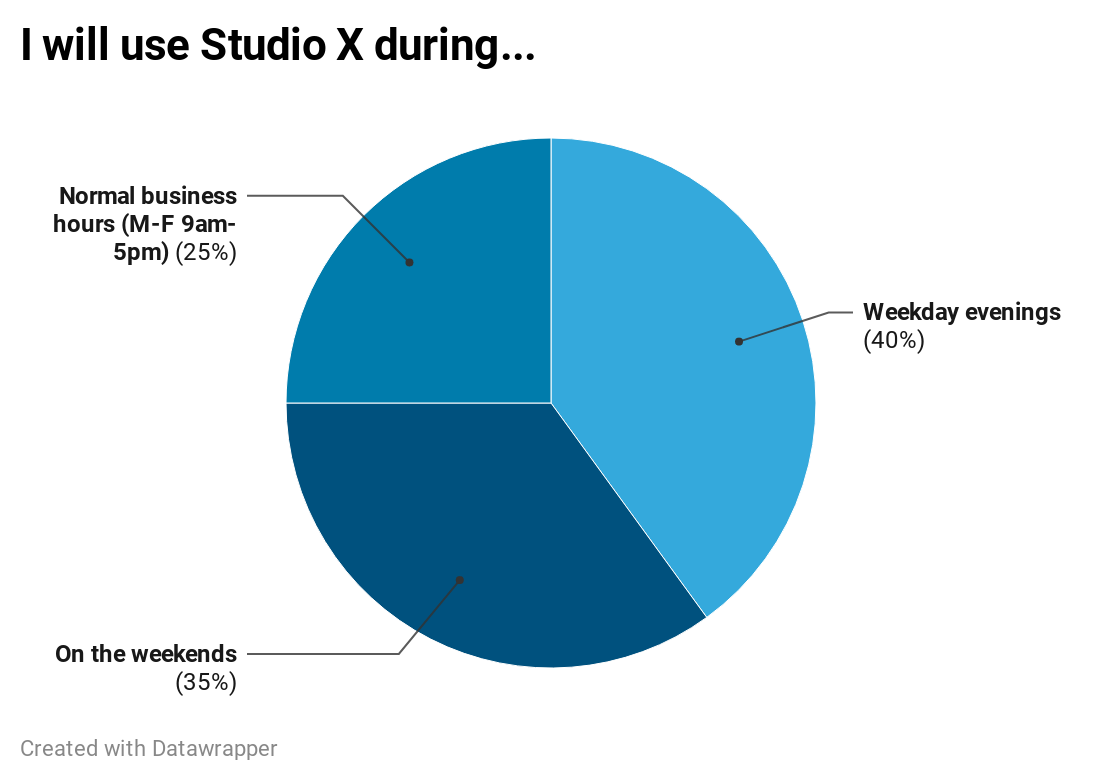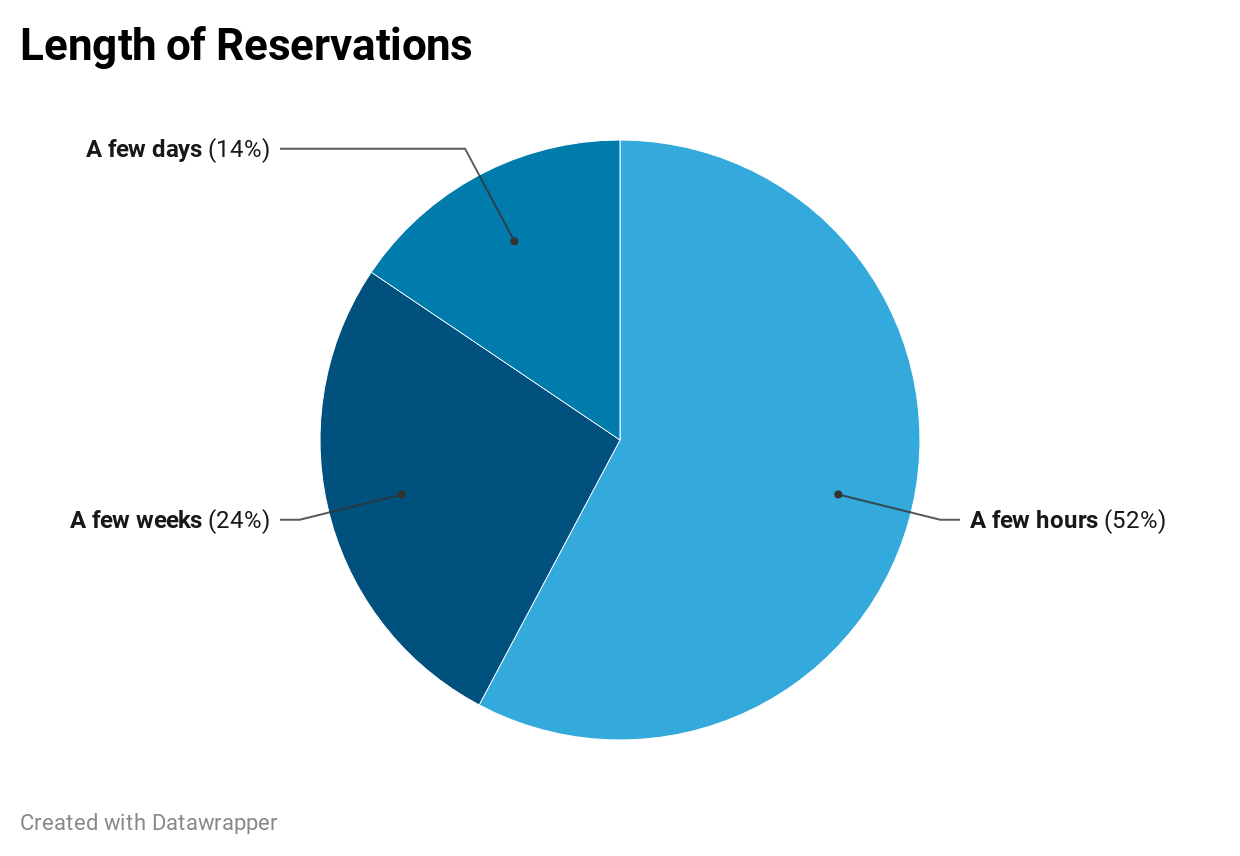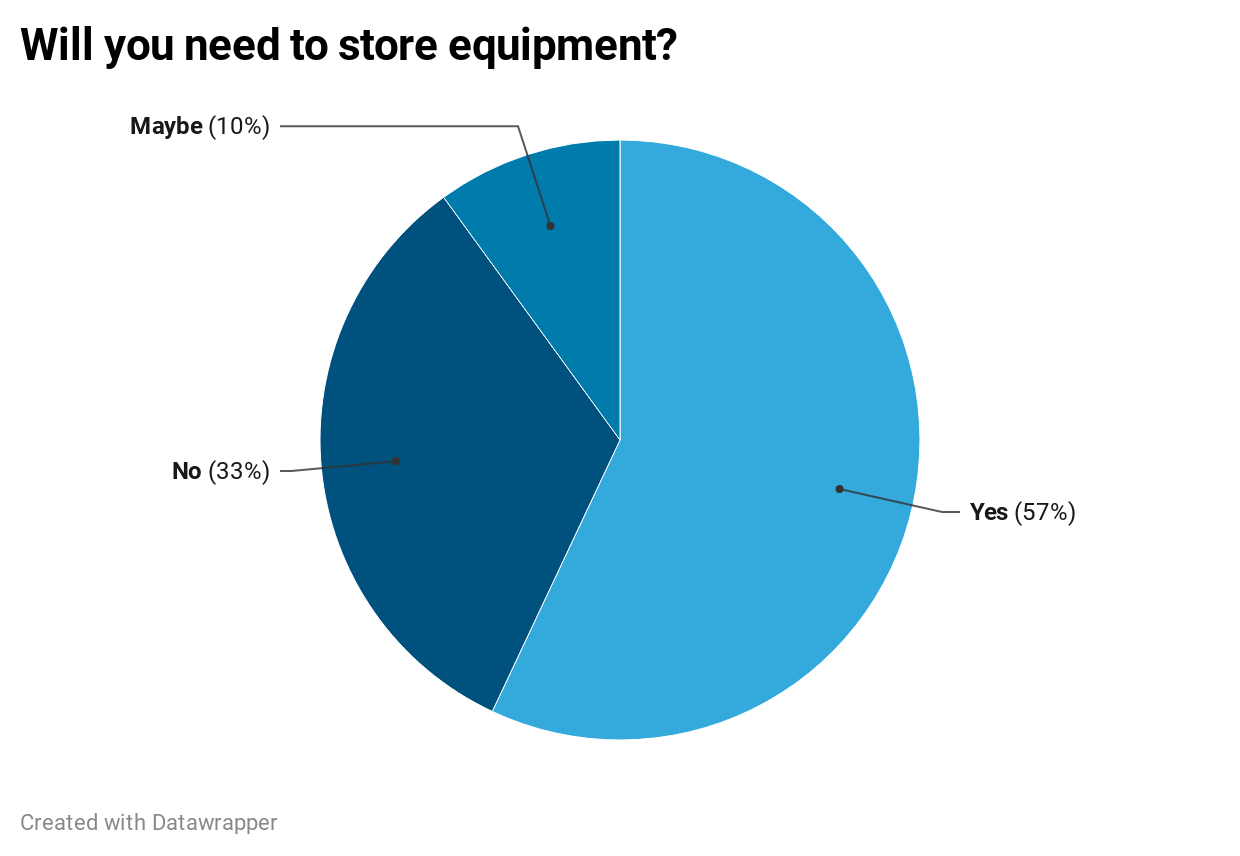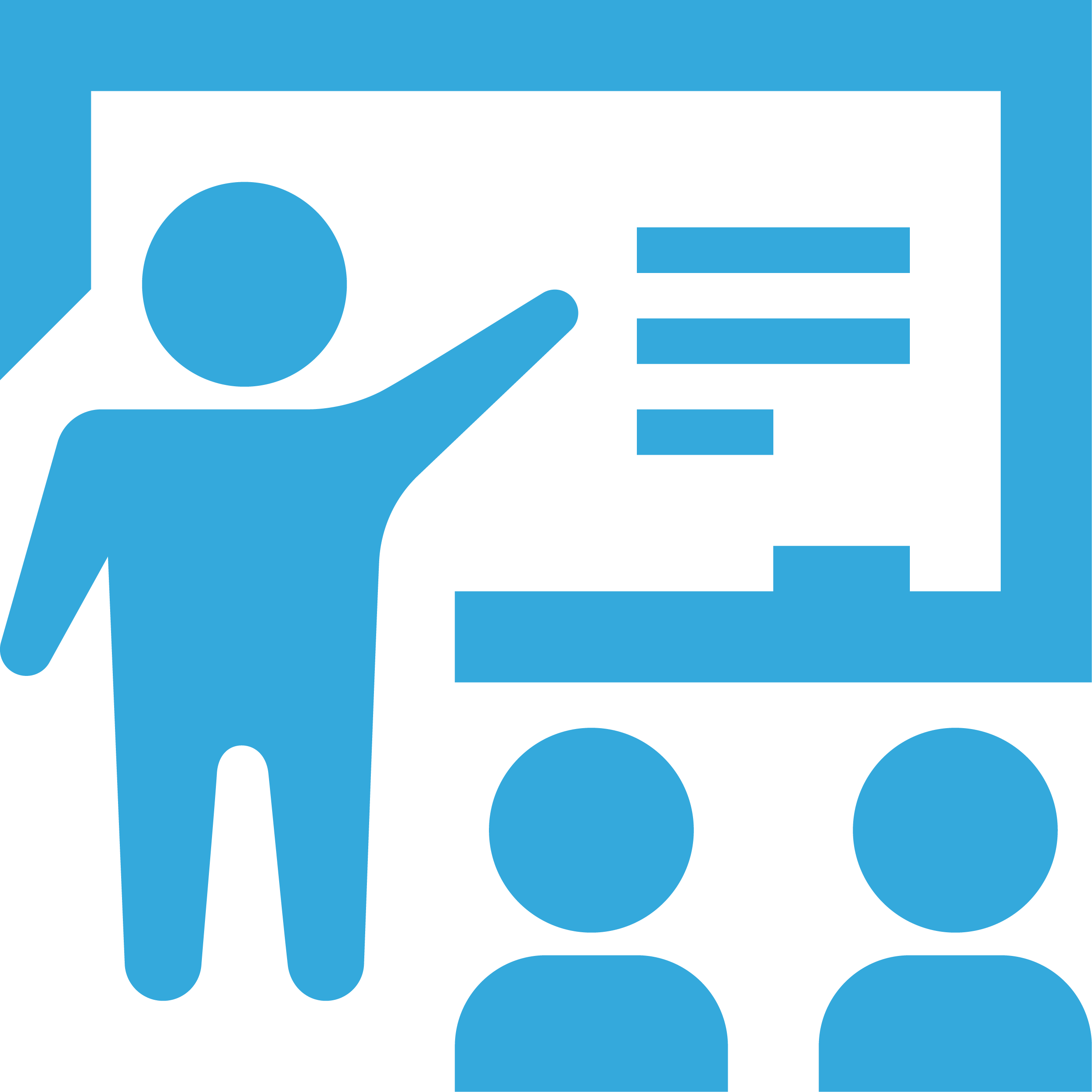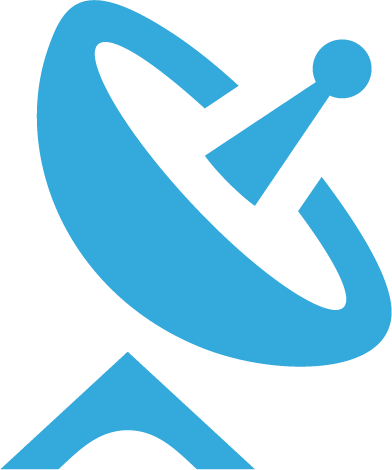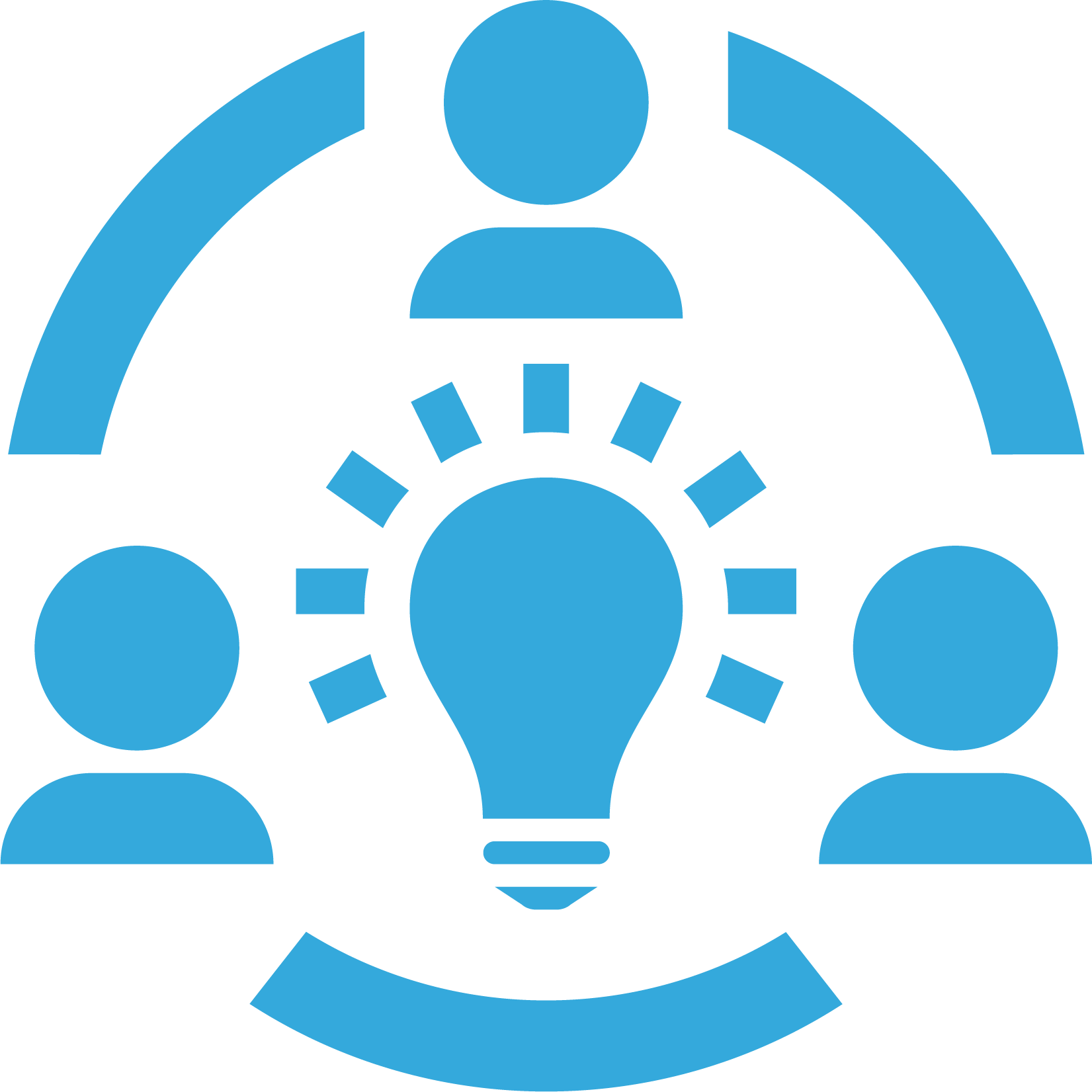During the fall semester of 2020, Studio X staff met with 34 graduate students participating in the course BCSC 570-1 Introduction to Augmented and Virtual Reality. Their research interests range from immersive audio, to data processing, to VR optics, to analyzing brain activity, and beyond. The course provides a broad introduction to AR/VR systems and is also part of the new NSF-funded XR training program for doctoral students. These students will use Studio X and its resources regularly as they complete their practicum work.
During this class session, we guided students through a series of scaffolded questions to better understand their needs for the opening of our physical space in fall 2021. We consider these initial findings to be part of an ongoing conversation, as students are just beginning or have not started their research. We anticipate new needs will develop and be articulated, and we will check in again at a later point.
Top Priorities for Studio X
We asked students to rank their interest in specific Studio X resources. Here are the top five responses:
1. Mixed reality and virtual reality headsets
2. Access to expertise for software and hardware consultations as well as skill-building workshops
3. 3D modeling software
4. Powerful computing stations and smart devices for testing
5. Other types of immersive technologies such as 3D scanners and 360 cameras
Space & Equipment Preferences
Reservations
- Online scheduling
- Longer blocks for single sessions
- Recurring sessions
- 3-4 week windows
- Reminders
Long-term Access
- Persistent log-ins
- Admin access to hardware (VR/MR headsets) to upload projects, etc.
Equipment
- High-powered workstations
- Easy connection to monitors
- Flexibility with equipment
- Lending outside of Studio X
90% of students indicated they do not own a VR headset.
Expertise & Community
Office Hours
- Immediate help for when needs arise
- Scheduled open time
- Unity assistance
Exposure to Other Disciplines
- Reinforce interdisciplinary trainings from course with informal lectures, etc.
- Create ways to share resources
- Display diverse XR projects on monitors in Studio X
- Provide demo space for XR projects
How do you connect with other students, faculty, and staff interested in XR at the UR?
Other Considerations…

Providing immersive sound resources and partnering with Audio and Music Engineering
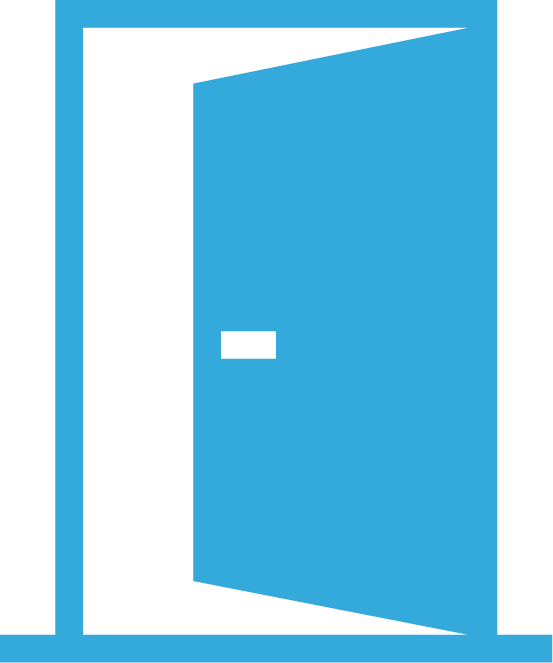
Creating policies for guest access (e.g. research participants)

Building capacity for other emerging technologies such as haptic body suits and gloves

Making space for creativity and piloting ideas and programs
Is it okay to not have an “official” plan? Yes!

Keeping in mind the future is uncertain, the technologies develop rapidly, and the needs will vary from person to person.

